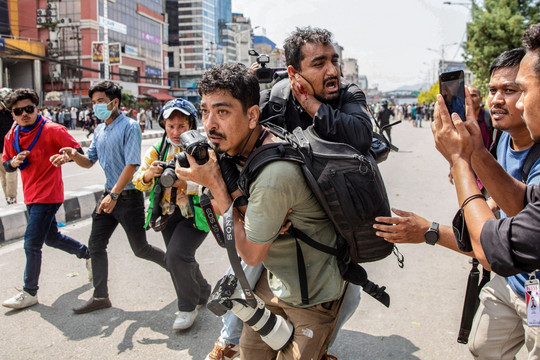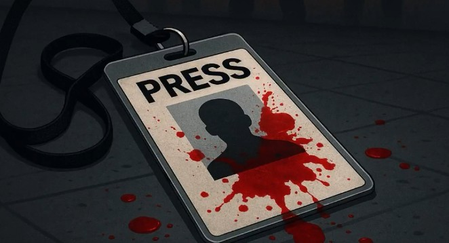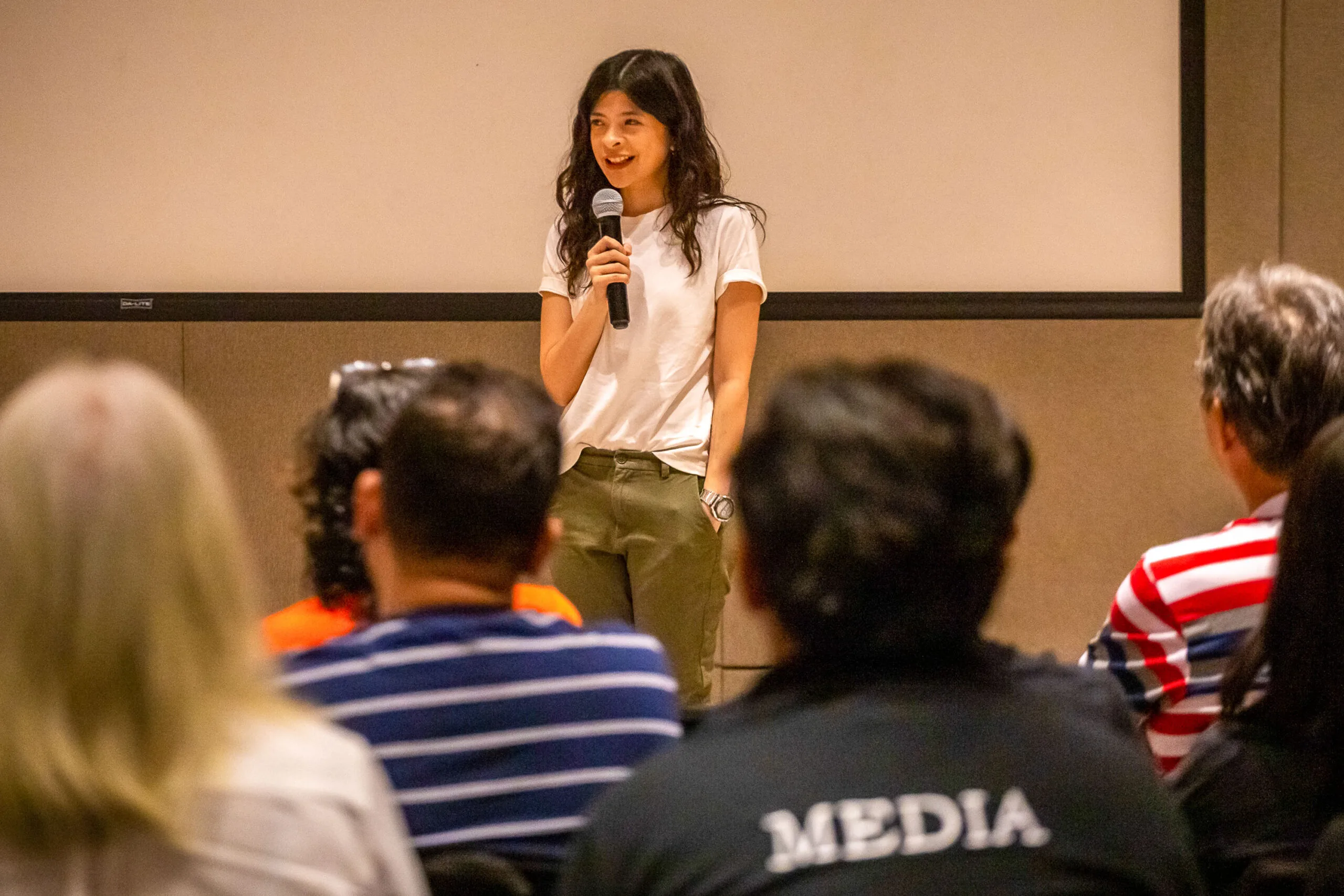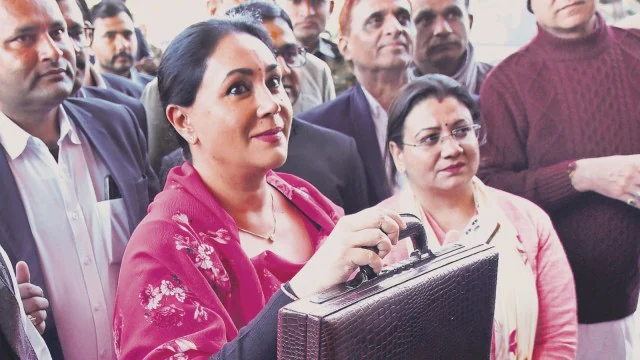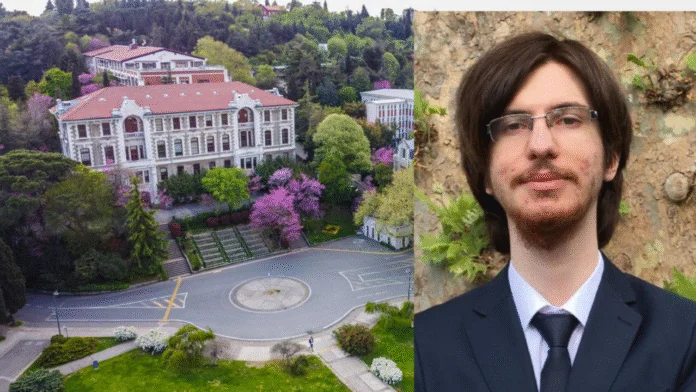
Turkish Journalist Receives Suspended Sentence for Reporting on Pro-Government University Official
September 10, 2025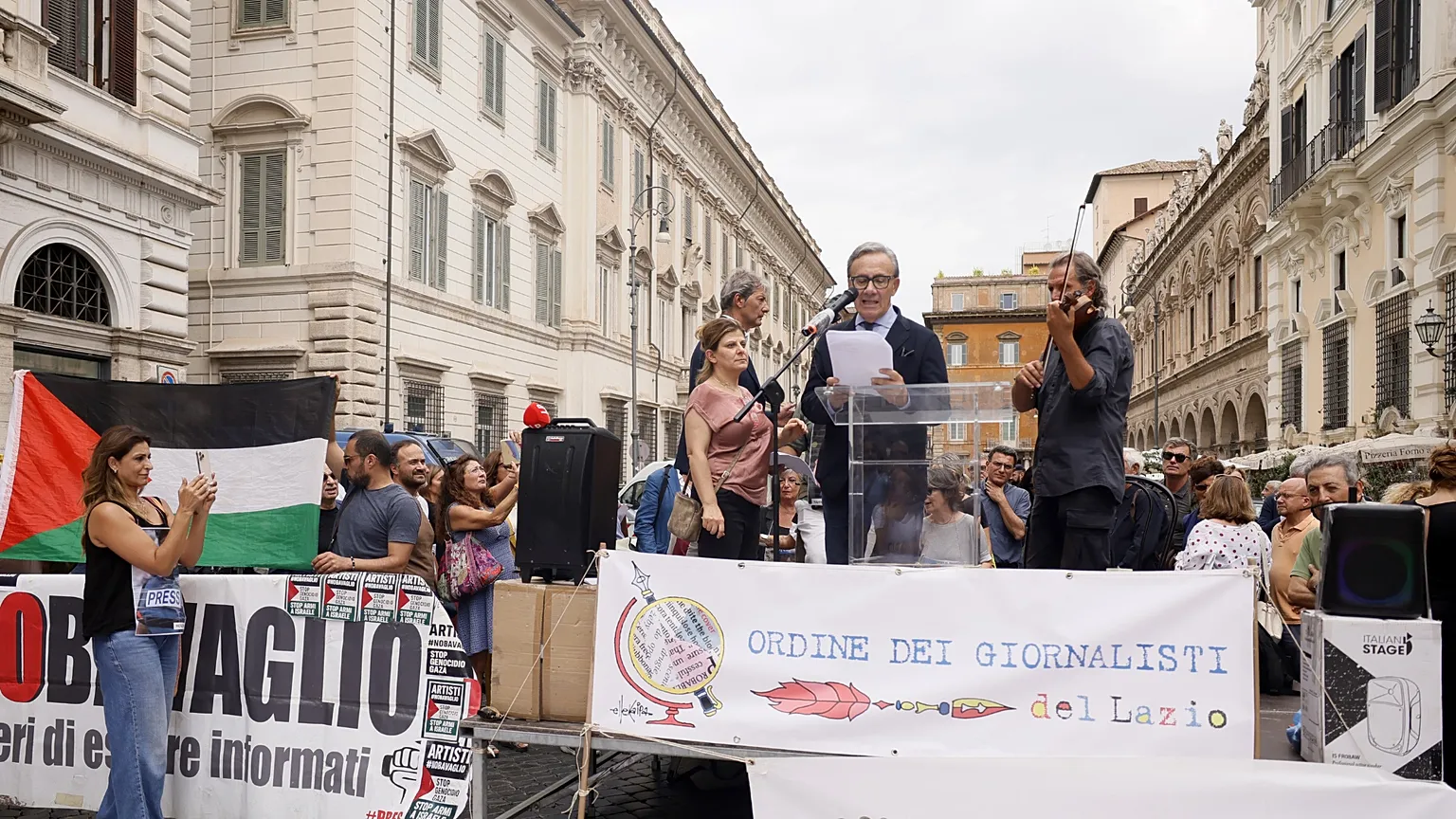
Italian Journalists Honour Colleagues Killed in Gaza Conflict
September 10, 2025September 10, 2025 – Nepal –
Nepal has been rocked by violent protests following the government’s controversial decision to ban 26 major social media platforms, including Facebook, Instagram, YouTube, X, LinkedIn, Reddit, and Signal. While TikTok and Viber remained accessible, the move sparked outrage among the country’s youth, who took to the streets in massive demonstrations. The protests, led largely by students and young activists, quickly escalated into clashes with security forces outside Parliament and across Kathmandu.
On September 8, 2025, the unrest turned deadly. Authorities deployed tear gas, water cannons, rubber bullets, and even live ammunition to disperse crowds determined to challenge the ban and denounce widespread corruption. At least 19 people were killed and more than 100 others were injured in the crackdown. Among the injured were four journalists who were covering the protests, underscoring the perilous conditions for media workers in Nepal. Witnesses reported that press members were caught in the chaos as security forces indiscriminately targeted demonstrators and observers alike.
The International Federation of Journalists (IFJ) swiftly condemned the violence, joined by its affiliates in Nepal, the Federation of Nepali Journalists (FNJ) and the Nepal Press Union (NPU). Together, they demanded an urgent, independent investigation into the injuries sustained by journalists and called on authorities to guarantee media safety during volatile situations. IFJ warned that restricting press freedom alongside digital freedoms only deepens public mistrust and inflames unrest.
The demonstrations, dubbed the “Gen Z protests,” reflect the frustration of young Nepalis with more than just the loss of digital platforms. They have become an outlet for grievances about entrenched corruption, lack of jobs, and democratic backsliding. Protesters view the social media ban as part of a broader attempt to silence dissent and stifle organizing power among the youth.
Although the government lifted the ban after the deadly violence and Prime Minister K.P. Sharma Oli subsequently resigned, the protests have left a lasting mark. For journalists, the crackdown served as a reminder of their vulnerability in moments of political crisis. For Nepal, it underscored how attempts to curtail digital freedoms can ignite explosive resistance, demanding accountability from those in power.
Reference –

